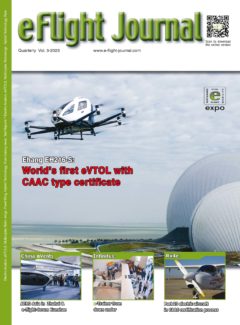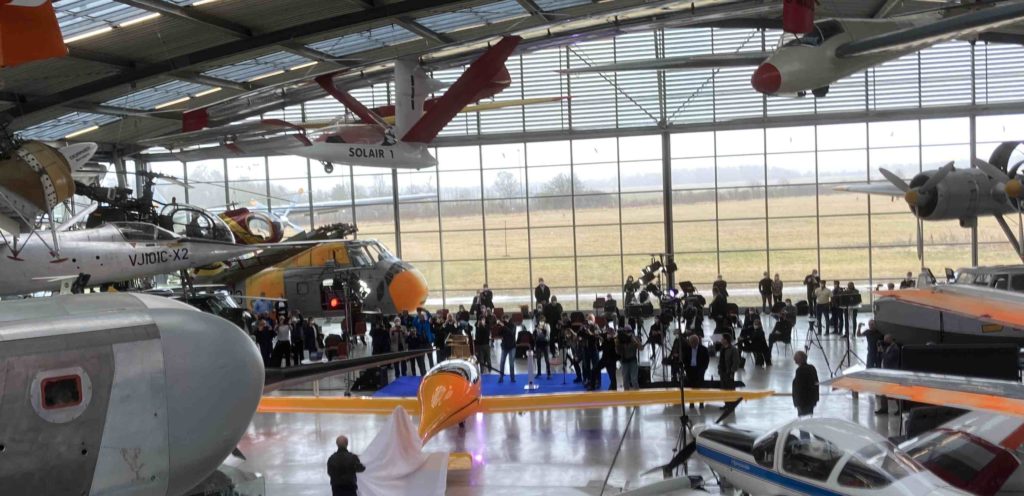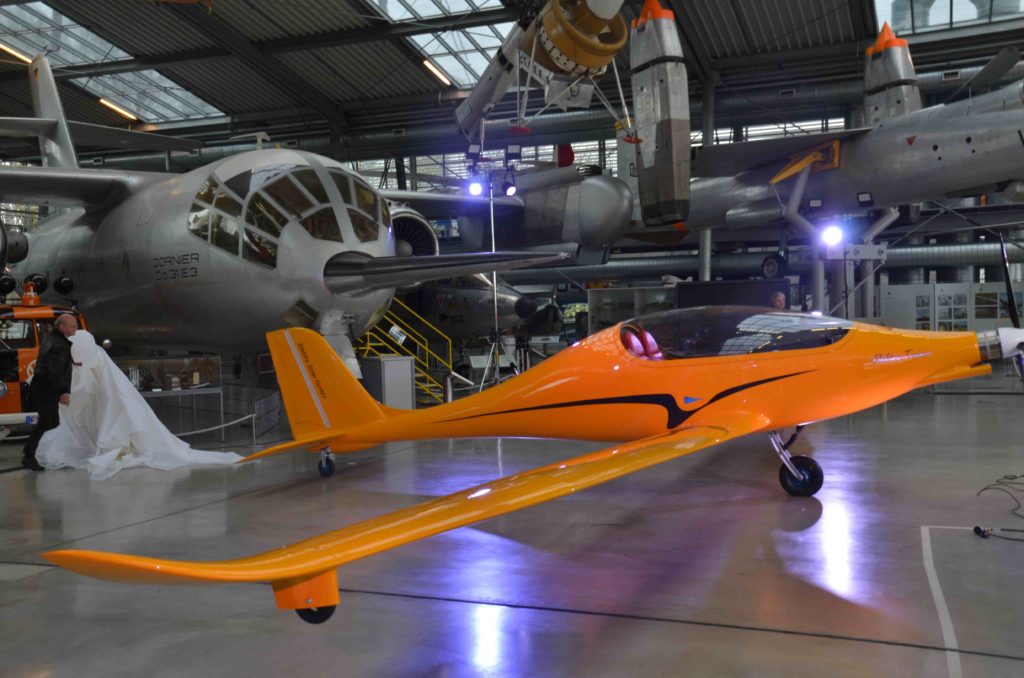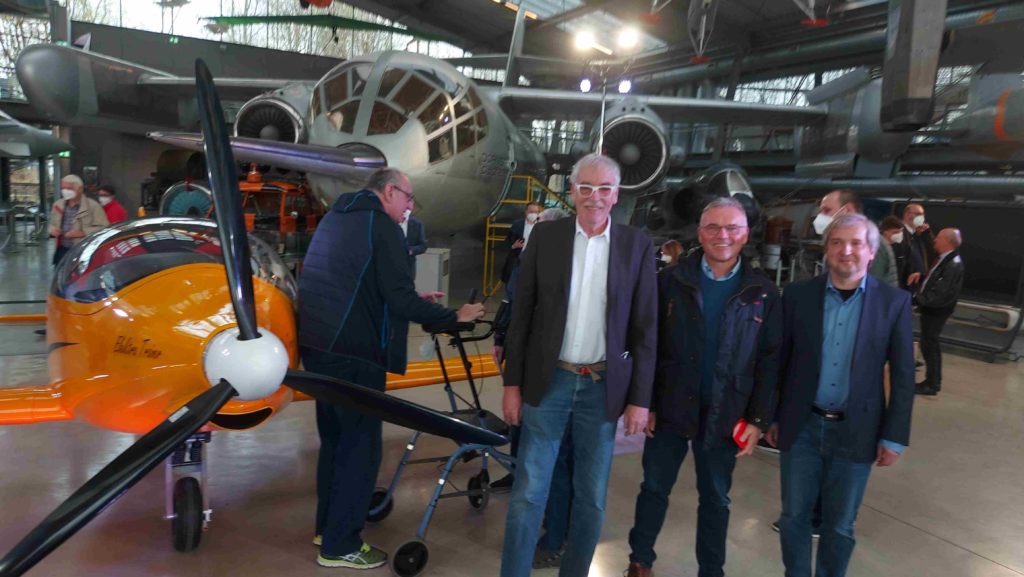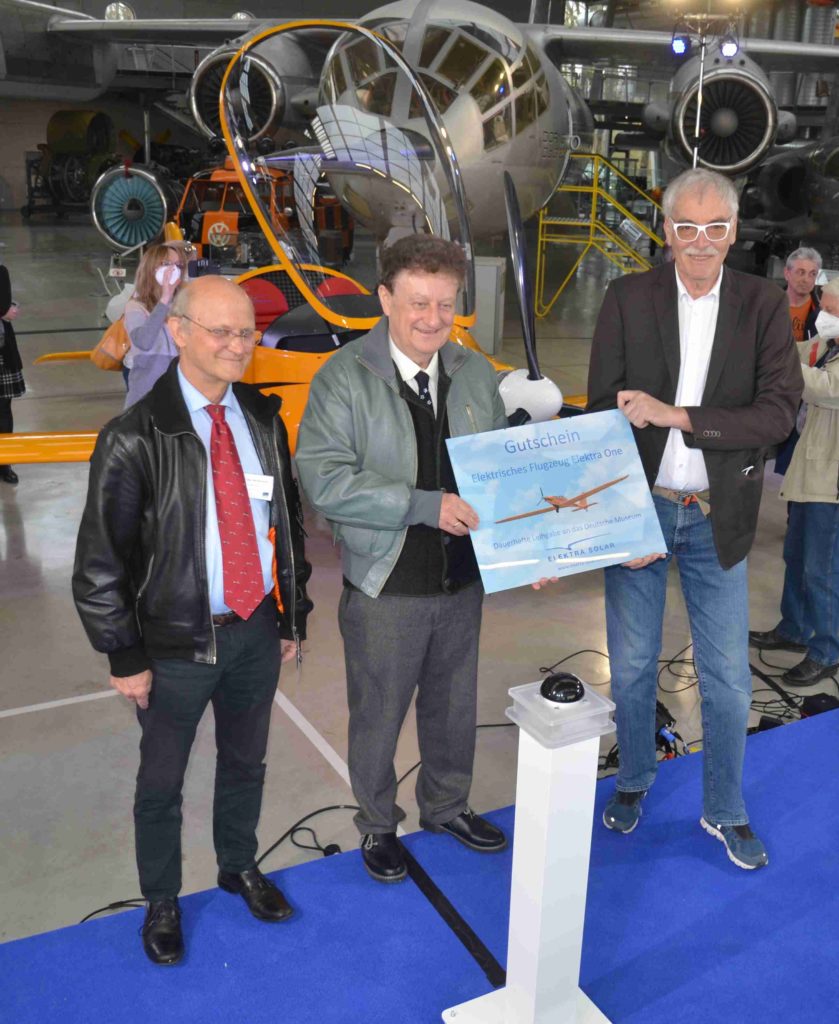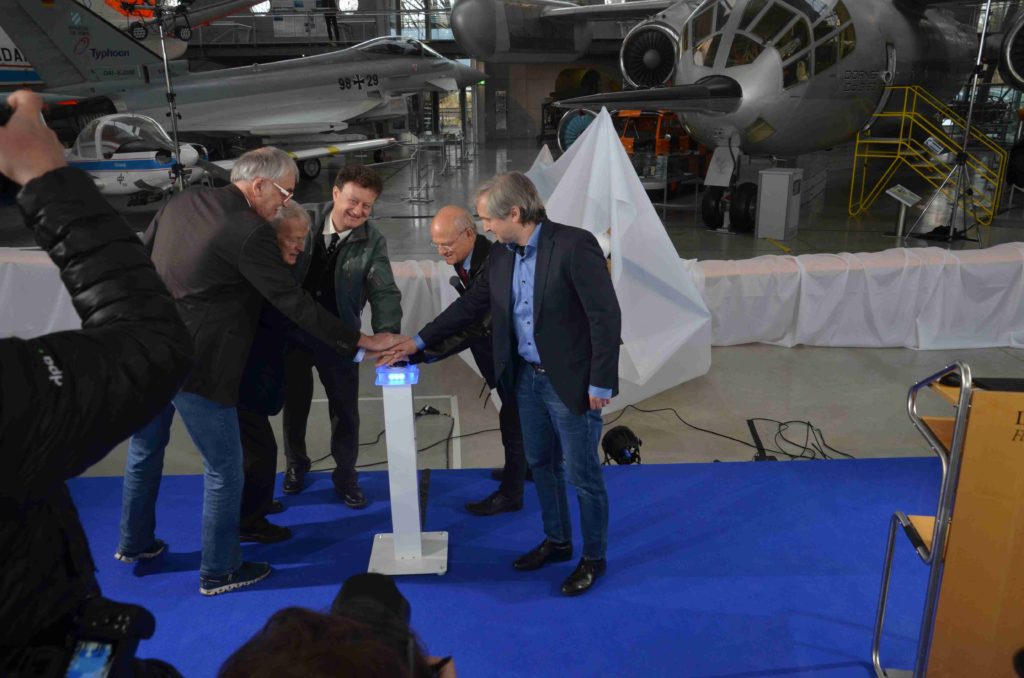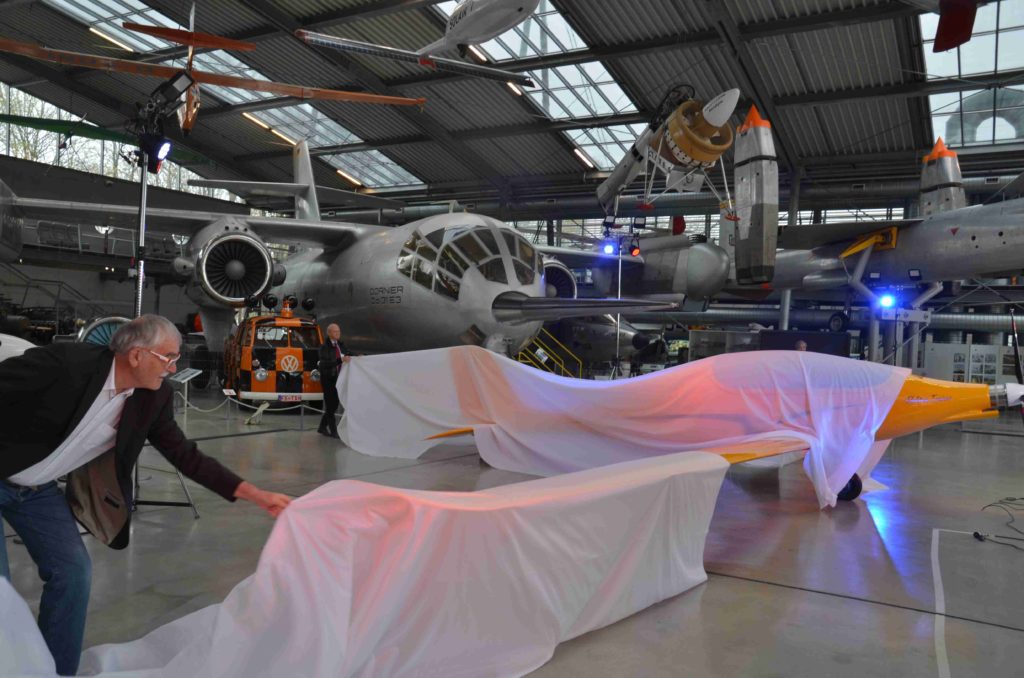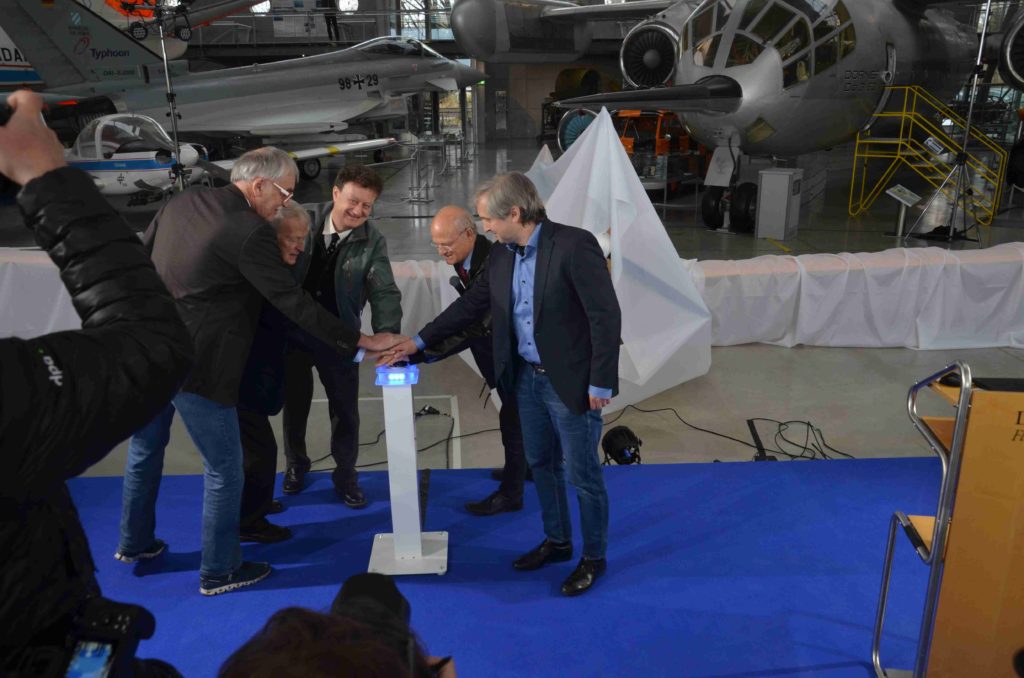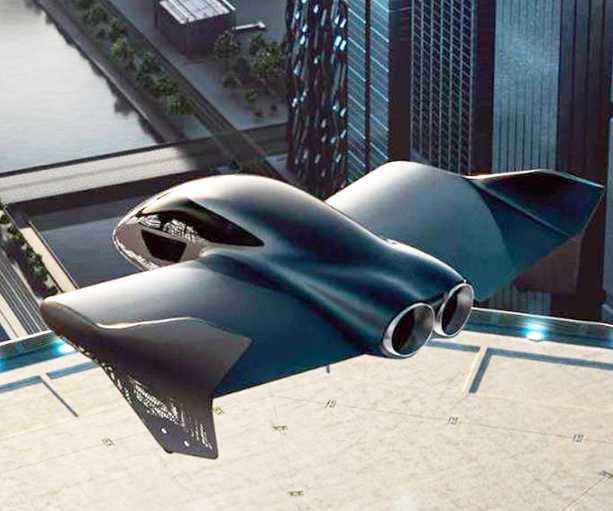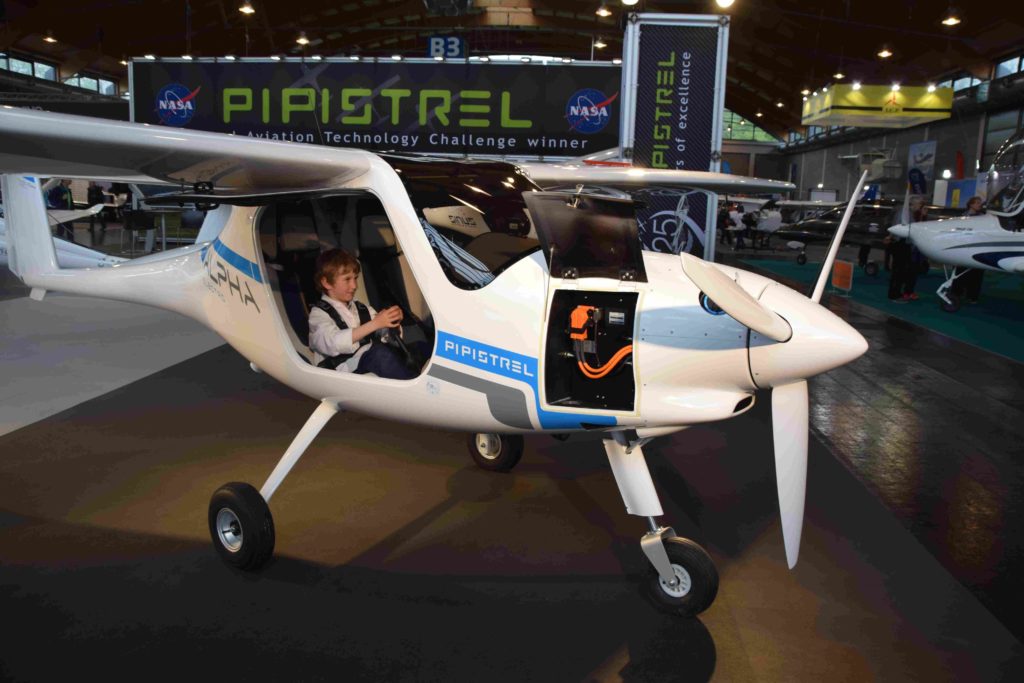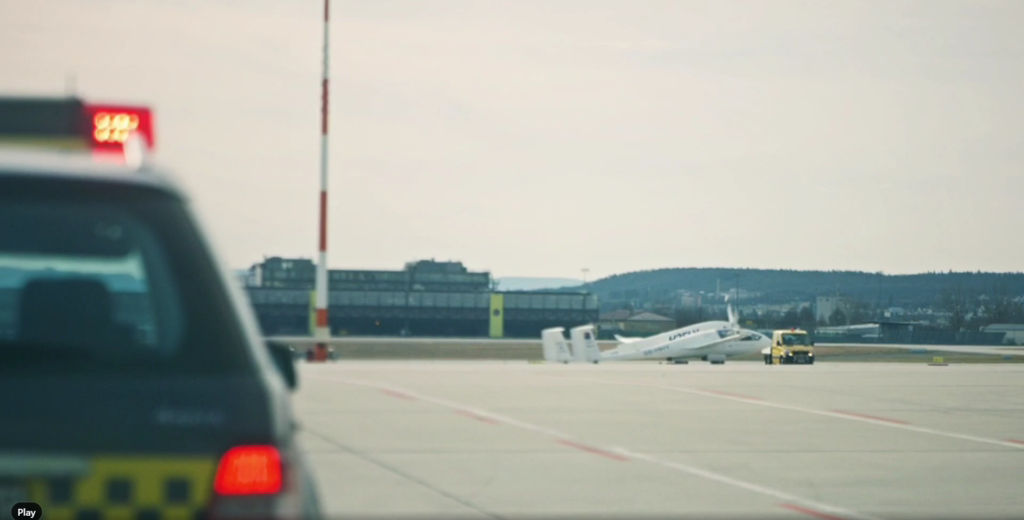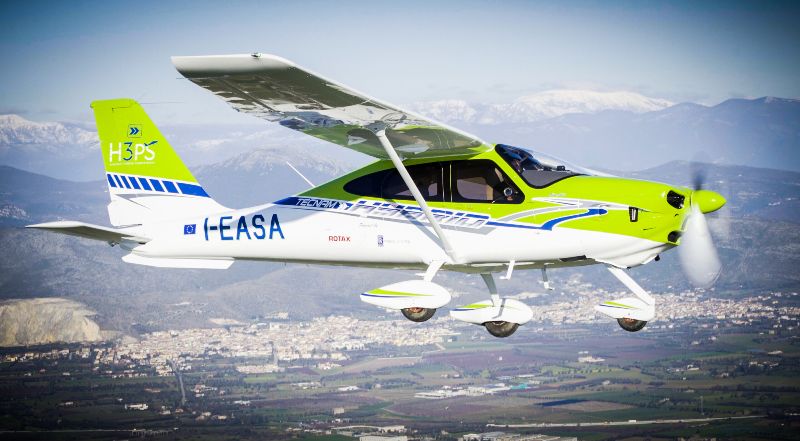On March 24, 2022 the European Union Aviation Safety Agency published the world’s first guidance for the design of vertiports, the ground infrastructure needed for the safe operation of Urban Air Mobility services such as air taxis in locations across Europe, including in urban areas.
The Prototype Technical Design Specifications for Vertiports offers guidance to urban planners and local decision-makers as well as industry to enable the safe design of vertiports that will serve these new types of vertical take-off and landing (VTOL) aircraft, which are already at an advanced stage of development.
“Urban air mobility is a completely new field of aviation and we therefore have a unique opportunity to develop a set of infrastructure requirements from scratch,” Patrick Ky, Executive Director of EASA said. “With the world’s first guidance for safe vertiport operations, EASA’s ambition is to provide our stakeholders with the ‘gold standard’ when it comes to safe vertiport design and operational frameworks. By harmonising design and operational standards for vertiports we will support European industry, who are already starting to embark on exciting projects in Europe and around the world to make new urban air mobility a reality.”
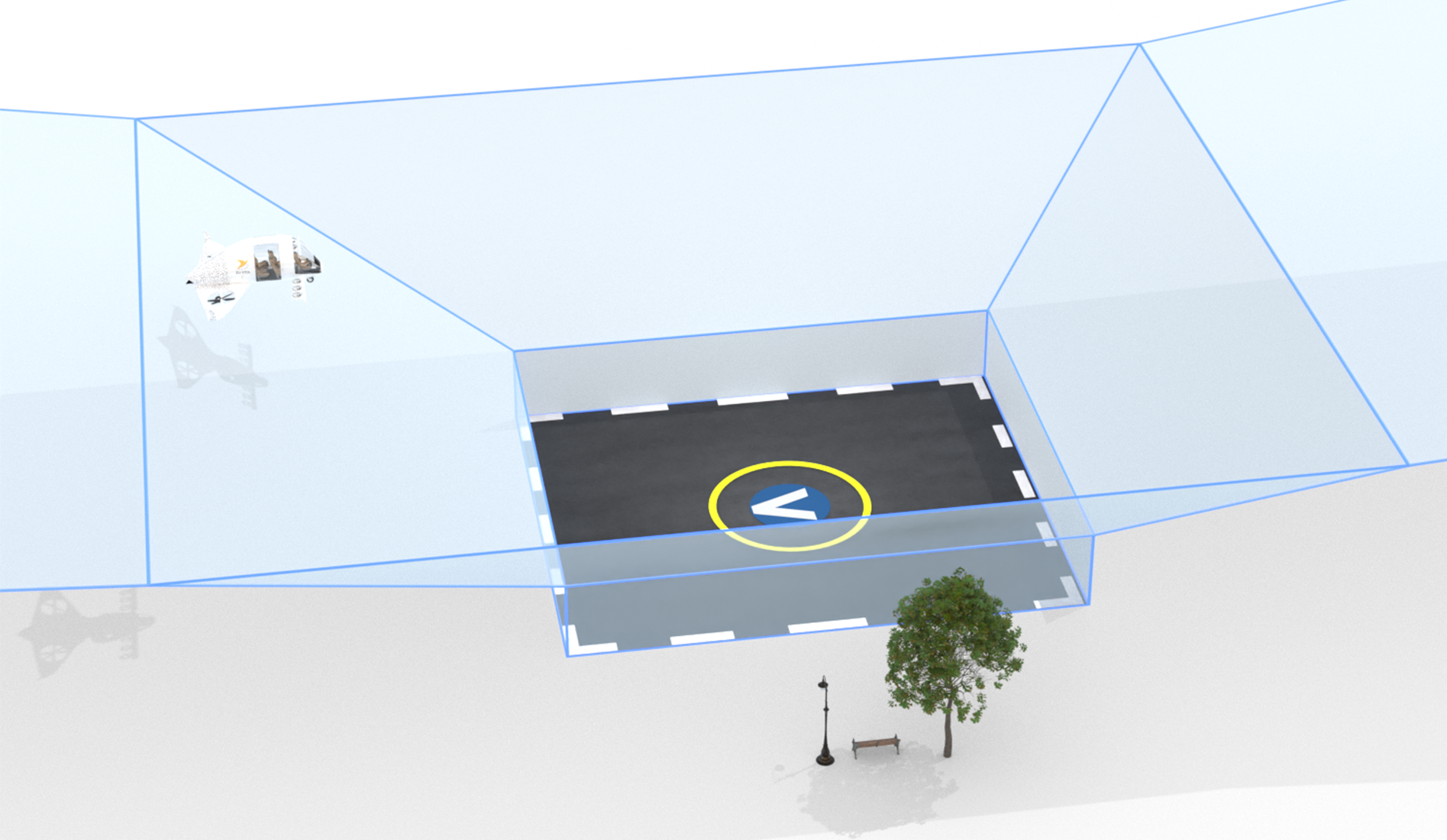
One notable innovation is the concept of a funnel-shaped area above the vertiport, designated as an “obstacle free volume”. This concept is tailored to the operational capabilities of the new VTOL aircraft, which can perform landing and take-off with a significant vertical segment. Depending on the urban environment and on the performance of certain VTOL-capable aircraft, omnidirectional trajectories to vertiports will be also possible. Such approaches can more easily take account of environmental and noise restrictions and are more suitable for an urban environment than conventional heliport operations, which are constrained in the approaches that can be safely applied.
download link for the specification: https://www.easa.europa.eu/downloads/136259/en
